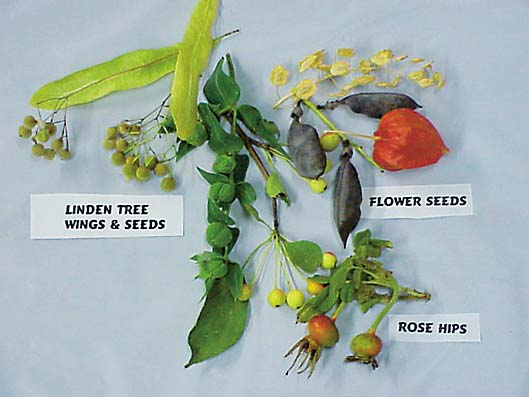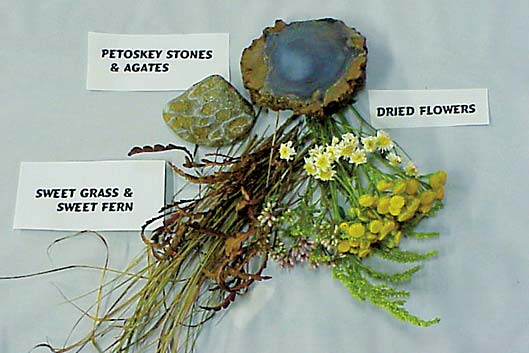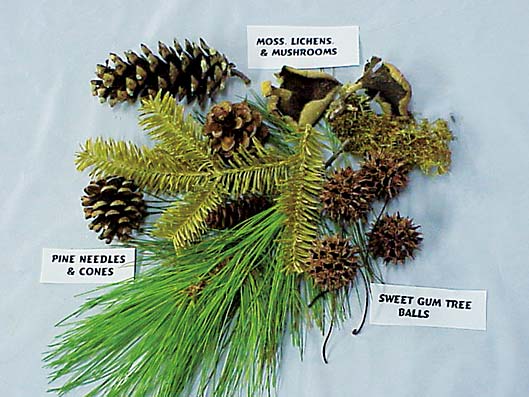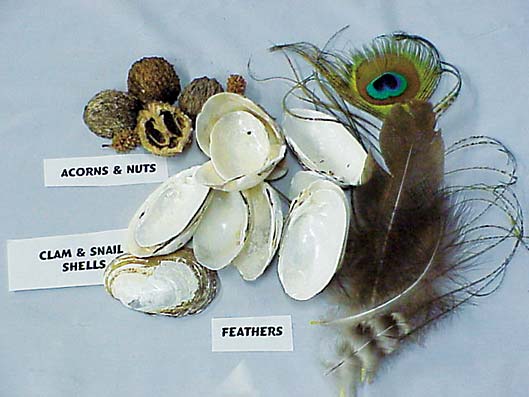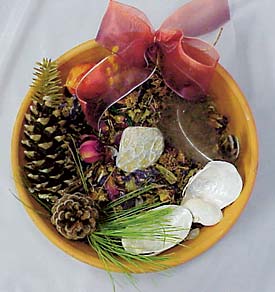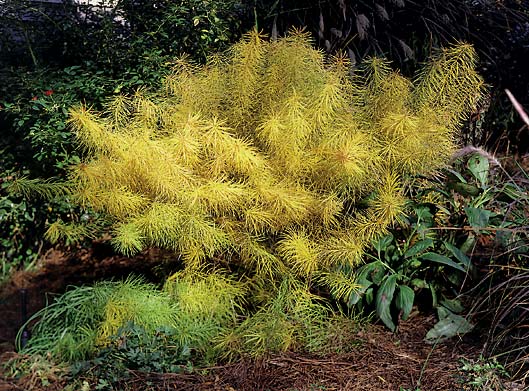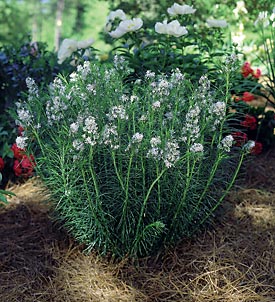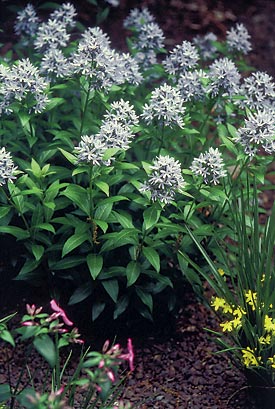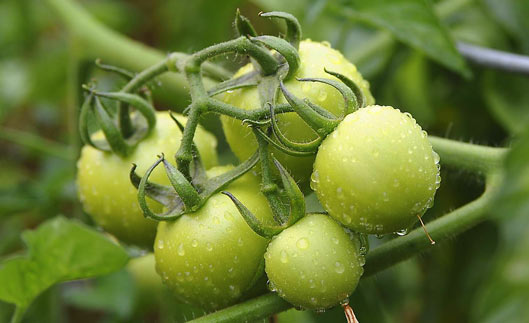We have a ravine with native plants (trillium, trout lily, etc.), and we need to control erosion. What plants would you recommend? What about pachysandra? Will it overtake and kill the natives?
It sounds as though you would like your ravine to be naturalized with native plants based on your choice of wildflowers. There are many native plants that you can use for erosion control.
The dwarf crested iris (Iris cristata) is a tiny lavender iris that will spread in high open shade and blends well with wildflowers. Cleft phlox (Phlox bifida) has star-like, lavender-blue flowers in the summer and is good in sandy, well-drained soil as an accent groundcover. Fragrant sumac (Rhus aromatica) is a shrub-type groundcover that suckers heavily and prefers sun, but will tolerate shade. It has small, yellow flowers in the spring, followed by clusters of hairy red berries that persist throughout the winter. It does get taller than traditional groundcovers; 2 to 6 feet. ‘Gro-low’ is a new cultivar of sumac that only grows to 2 feet.
There are some prairie grasses that will bind the soil tightly in almost any type of planting environment. These include prairie cord grass (Spartina pectinata), switch grass (Panicum virgatum), sweet grass (Hierochloe odorata) and big bluestem (Andropogon gerardii). Small sedges like Carex pensylvanica make excellent groundcovers under trees, especially oaks.
When deciding to mix and match, it is important to study the growth habits of the plants you are using, as some can be so aggressive that they will overrun nearly all of the other plantings. The rhizomatous natives such as Canada anemone (Anemone canadensis) and prairie cord grass are very effective erosion controllers but need room to run.
Japanese pachysandra (Pachysandra terminalis) is the typically used landscape groundcover, but there is a native pachysandra, Allegheny spurge (Pachysandra procumbens) that is really more interesting. It is a little taller, 6 to 12 inches, with scalloped leaves that are gray-green and become mottled with age. It has fragrant pink-white flowers that look like spiky bottlebrushes. It grows from a thin, white creeping rhizome with prominent eyes for the next year’s growth. It is slower growing than the Japanese pachysandra.

